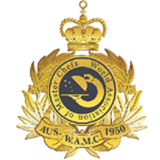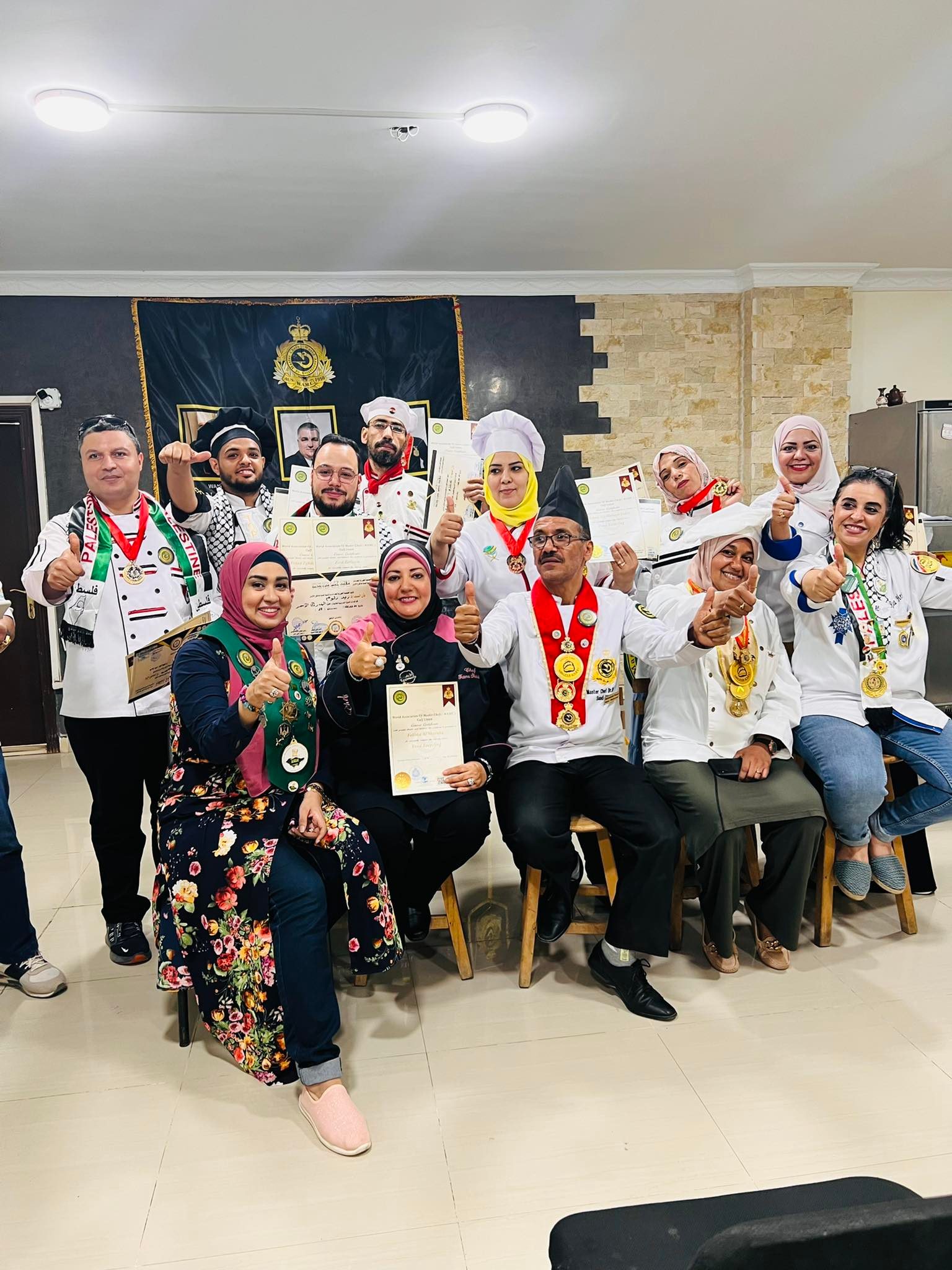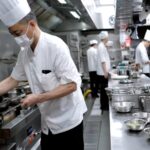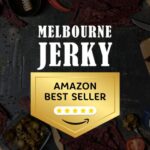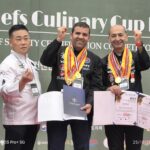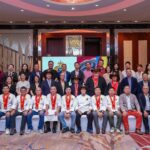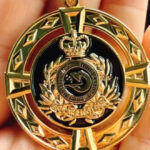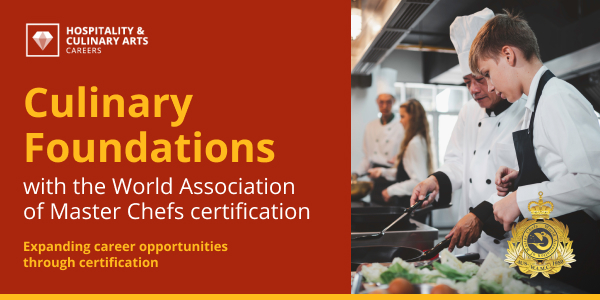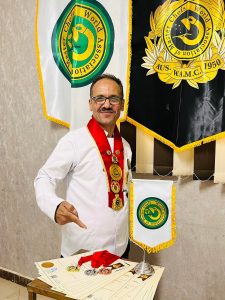 WAMC program development initiatives under the direction of Master Chef Mohamed Saad Eddin (محمد سعد الدين) has launched a new initiative to combat sustainability within the Hospitality industry. WAMC is fully supporting the Food Waste Sustainability program and its development and here is a sneak peek into whats been happening.
WAMC program development initiatives under the direction of Master Chef Mohamed Saad Eddin (محمد سعد الدين) has launched a new initiative to combat sustainability within the Hospitality industry. WAMC is fully supporting the Food Waste Sustainability program and its development and here is a sneak peek into whats been happening.
The art of cooking is sometimes called the art of food. It can also refer to the cooking style of a particular region. In other words, gastronomy often refers to local food and cuisine. Sustainability is the idea that something (such as farming, fishing, or even food preparation) is done in a way that does not waste our natural resources and can continue into the future without being harmful to our environment or health. So sustainable gastronomy means a kitchen that takes into account where the ingredients come from, how the food is grown, how it gets to our markets and ultimately to our dishes. Food and Agriculture Organization of the United Nations (FAO)
With our modern lifestyles increasing pressures on natural resources, and the projection of the population to be fed to reach nearly 10 billion by 2050, it is imperative that the art of sustainable gastronomy be kept in mind when buying, cooking and eating food. Sustainable cooking means choosing and cooking food in a way that takes into account all the stages that food goes through to get from the fields to our tables, from how it is grown and transported to the ingredients we choose and where we buy it from. The WAMC Food Recycling program aims to teach and train chefs and restaurant staff in how to maximise their sustainability efforts.
WAMC spoke with two chefs who are also FAO Goodwill Ambassadors, to understand how we can make our cooking more green. They said “Turn your leftovers into higher-value products – or buy ‘recycled’ products You may have heard of upcycling furniture and clothing into higher-value products – but have you heard of recycling food into higher-value products? Recycling food into higher-value products means converting materials that would otherwise be wasted into new products or ingredients”. For Mr. Katsuhiro Nakamura, Chef and Goodwill Ambassador of Japan to FAO, the idea of minimizing food waste is a very important one, and he always takes this into account in his kitchen. “You can make anything with leftovers,” he says. “The ingredients don’t cost anything, since they would have been thrown out.” In fact, he was also exploring the idea of ”recycling into higher value products”.
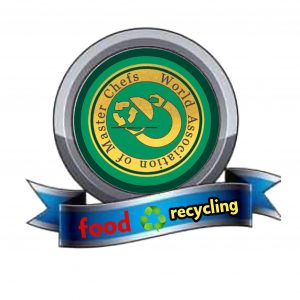 Dr Eddin worked with WAMC President Gaven Ferguson to design a logo that would work across all boarders but maintain a sustainable feel while still being recognized as part of the WAMC brand.
Dr Eddin worked with WAMC President Gaven Ferguson to design a logo that would work across all boarders but maintain a sustainable feel while still being recognized as part of the WAMC brand.
The first goal of Healthy Food should promote human health, which is defined as a state of complete physical, mental and social well-being and not merely the absence or absence of disease or infirmity. The scientific goals of healthy food are based on extensive scientific materials on food, dietary patterns and health outcomes.
Sustainably reducing food waste rates from food production processes and wasting food from consumption processes is absolutely necessary to keep the global production system within safe operational limits. Both technical solutions applied to the food supply chain and the implementation of public policies are required to reduce global food waste and waste by 50% as mentioned in the Sustainable Development Goals. The actions required to achieve this are improving post-harvest infrastructure, transporting, processing and packaging food and increasing cooperation across the chain Supplying food, training and qualifying food producers and educating consumers.
The new program will have a Food Recycling course program developed and so far signs are very promising.
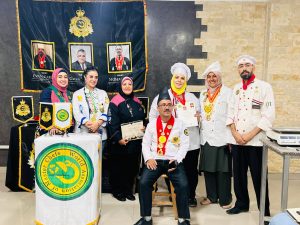
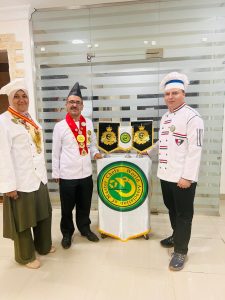
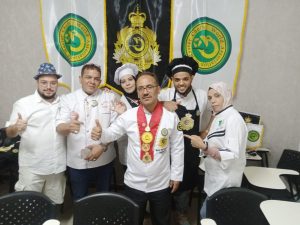
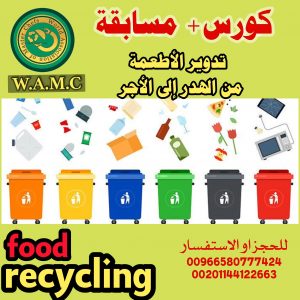
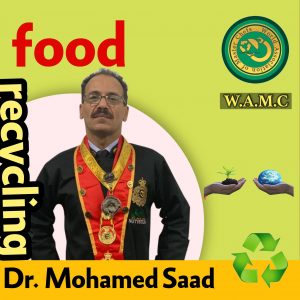
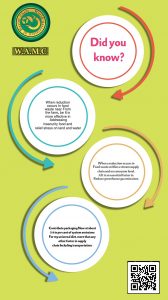
Check out the WAMC Recycling Sustainability Facebook Group here
